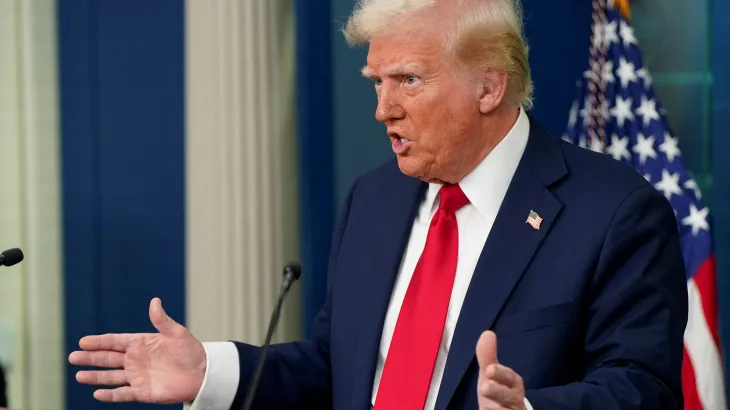Despite meeting with Nvidia CEO Jensen Huang, President Donald Trump is sticking with his plan to impose tariffs on foreign-made semiconductors. The decision includes chips from Taiwan, a key supplier of Nvidia’s GPUs.
Trump confirmed that tariffs on chips, oil, and gas will be introduced soon, stating that the policy aims to boost domestic manufacturing. Starting February 1, the administration is also implementing a 25% tariff on Canadian and Mexican goods, alongside a 10% tariff on Chinese products.
What’s Happening & Why This Matters
Industry Pushback & Economic Concerns
The technology sector worries that these tariffs will drive up costs for manufacturers and consumers. Companies like Apple, Nvidia, Sony, LG, and Samsung rely on China and Mexico for production, and higher import costs could lead to price increases on electronics.
- The Consumer Technology Association (CTA) warns that tariffs could cut demand for PCs, smartphones, and consoles by more than 50%.
- Prices for laptops and tablets could rise between 46% and 68%.
- Semiconductor fabs take years to build, meaning shifting production to the U.S. is not an immediate solution.
Trump’s Long-Term Strategy
The administration sees these tariffs as a way to push tech companies to relocate manufacturing to the U.S. However, many firms, including Apple, AMD, Qualcomm, and Intel, still depend on TSMC’s Taiwan-based chip production despite efforts to expand U.S. facilities.

Trump also hinted at possible tariffs on the European Union, stating that the EU has treated the U.S. unfairly. His stance signals a wider push for protectionist policies that could reshape global trade relations.
TF Summary: What’s Next
The semiconductor tariffs were enacted despite concerns from industry leaders about higher costs and supply chain disruptions. The long-term effects on pricing, production, and international trade remain uncertain as the tech industry resists.
— Text-to-Speech (TTS) provided by gspeech


